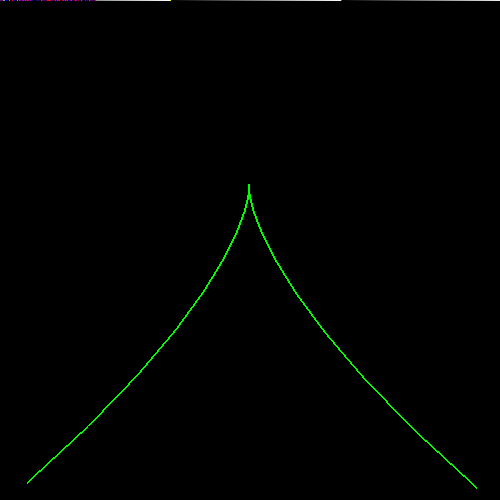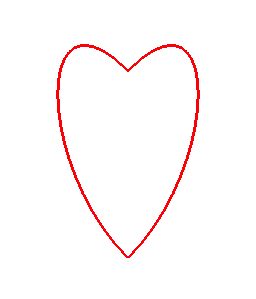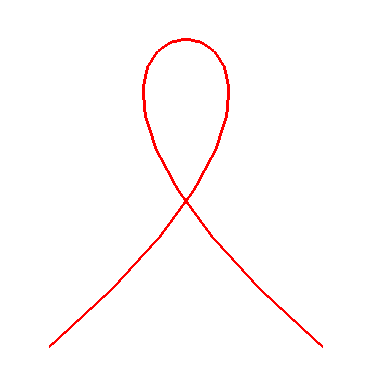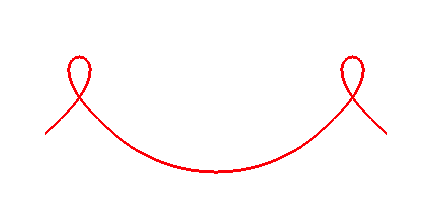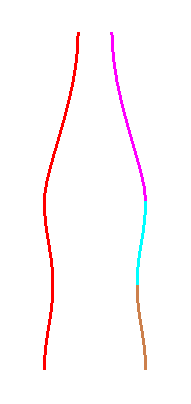CS307: Bezier Curves
Plan
- Review Bezier curves and blending functions
- Bezier curves in Three.js
- Quiz questions
- Exercises: heart, ribbon, double ribbons
- Thought exercises: Coke bottle & circle
Bezier Curves and Blending Functions
In computer graphics, we often need to model objects whose shape is defined by free-form curves:
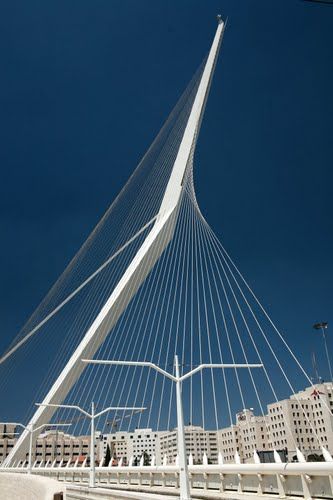


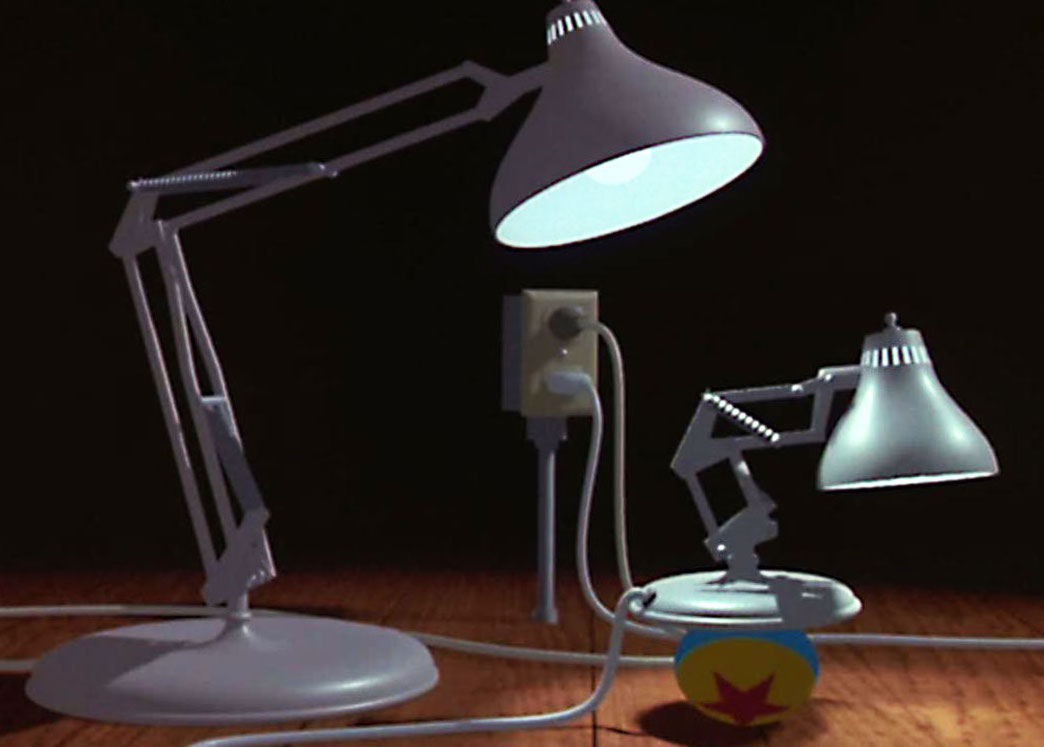
A popular approach to modelling such shapes uses Bezier curves — let's first explore the basic ideas with this online tool.
We will represent a parametric curve $P(t)$ as a weighted sum of four control points, $P_0$, $P_1$, $P_2$, $P_3$:
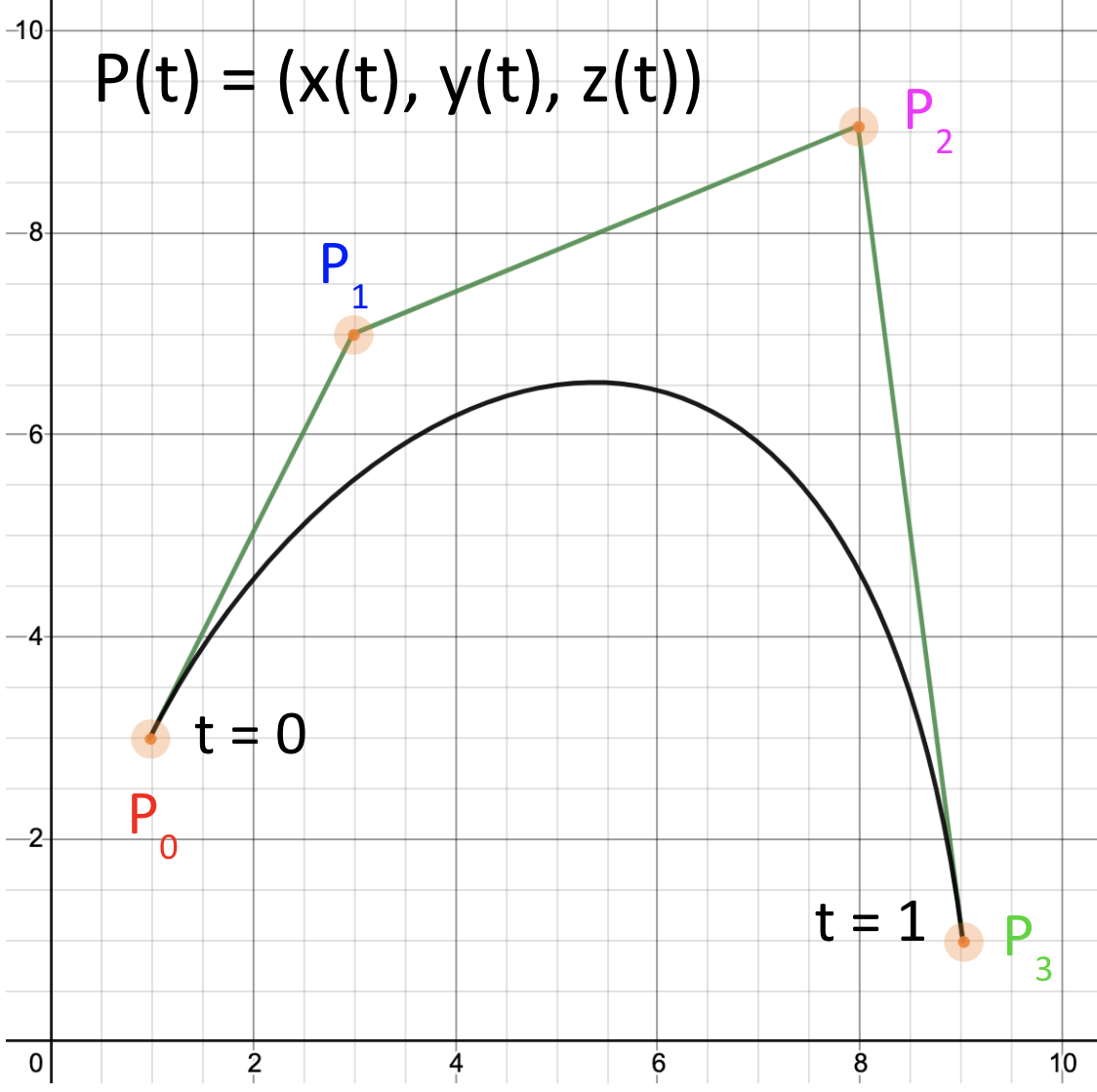
For each value of $t$, the weights are given by four blending functions, $B_0(t)$, $B_1(t)$, $B_2(t)$, $B_3(t)$:
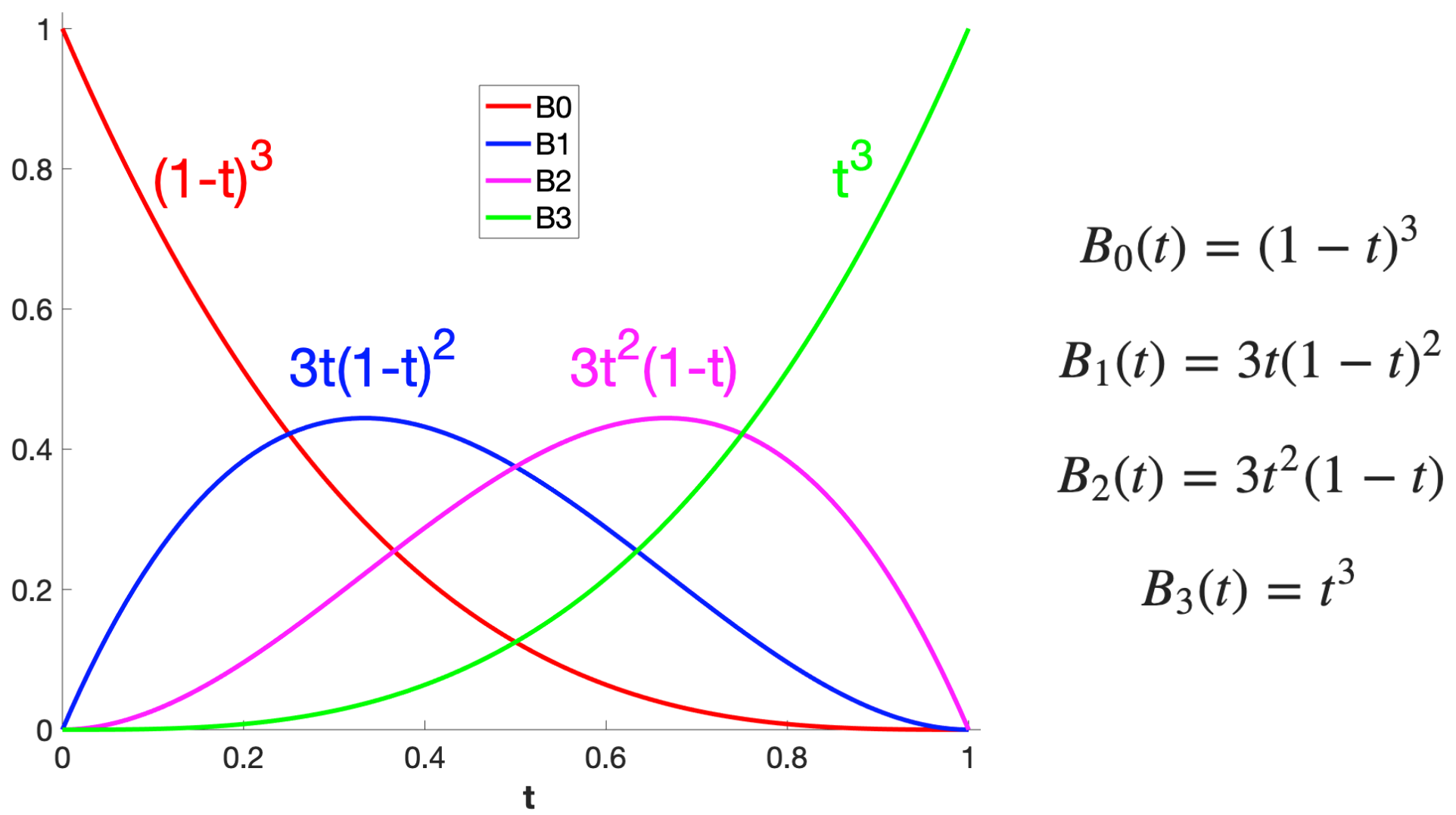
Some observations:
- the first and last blending functions, $B_0(t)$ and $B_3(t)$, are monotonic
- the blending functions are always non-negative
- the four blending functions sum to one
- the second and third functions peak at $t=1/3$ and $t=2/3$, respectively
The Bezier curve is always within the convex hull of the control points:

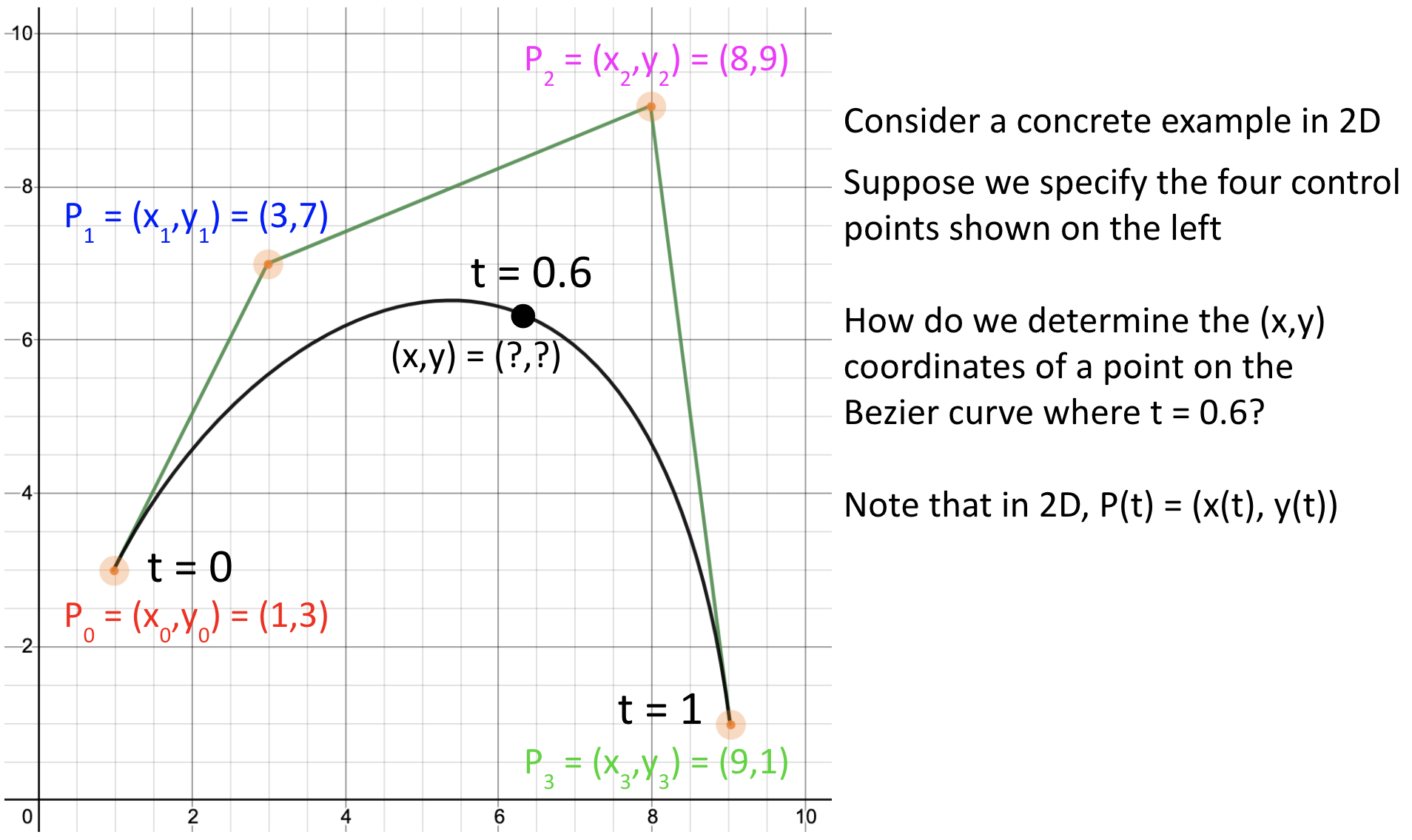
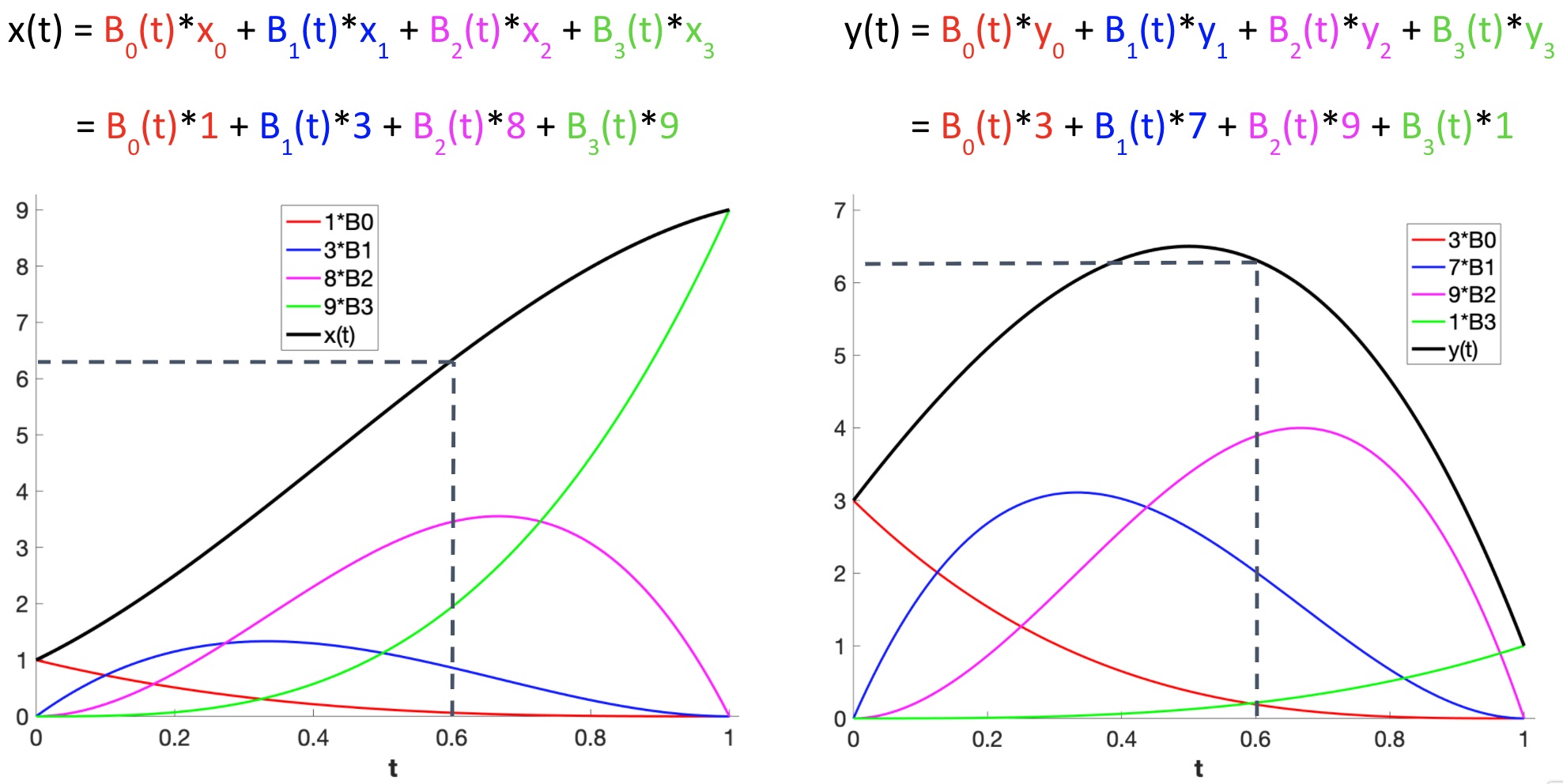
Bezier Curves in Three.js
We'll start with this demo of an S curve:
The code for this demo is quite short:
var controlPoints = [ [0,0,0],
[2,2,0],
[-2,1,0],
[0,3,0] ];
var curveGeom = TW.createBezierCurve(controlPoints,20);
var curveMat = new THREE.LineBasicMaterial( { color: 0xff,
linewidth: 3 } );
var curve = new THREE.Line( curveGeom, curveMat );
scene.add(curve);
function showCP (cpList) {
for( var i = 0; i < cpList.length; i++ ) {
scene.add( TW.createPoint(cpList[i]) );
}
};
showCP(controlPoints); // optional, for debugging
This code depends on two functions in TW, which just make our lives a little easier. The first
is TW.createBezierCurve():
The above function creates a THREE.CubicBezierCurve3.
The second function, TW.createPoint(), just displays a small
sphere at the location of each control point, mainly to help with
debugging.
To understand the role of the control points, let's play with the curve using a GUI:
How many bends can you get in the curves? How tight a loop can you get?
Can you get this?
The following demo illustrates a 3D Bezier curve:
Quiz Questions
Exercises: Creating 2D Shapes from Bezier Curves
For each of the following exercises, use this S curve code file as a starting point to create the desired shape. You can use the S curve with a GUI or the online tool to help determine a good set of control points for each exercise.
Heart
Using this S curve as a starting point, devise the control points to draw a heart, like this:
Hint: This requires two Bezier curves.
The result might look like this: heart curve
Here are two solutions with control points shown as spheres:
heart2.html
heart3.html
Ribbon
Using this S curve as a starting point, devise the control points to draw a ribbon, like this:
The result might look like this: ribbon curve
Double ribbons
Using this S curve as a starting point, devise the control points to draw a double ribbon, like this:
How many Bezier curves do you need in this case?
Hint for joining two Bezier curves smoothly:
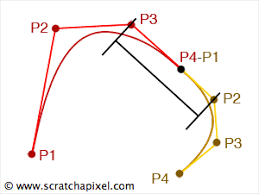
The result might look like this: double ribbon curve
Thought exercises
Here's a thought experiment: How would you draw the silhouette of a Coketm bottle?
Can you make a circle with a single Bezier curve? How or why not?
